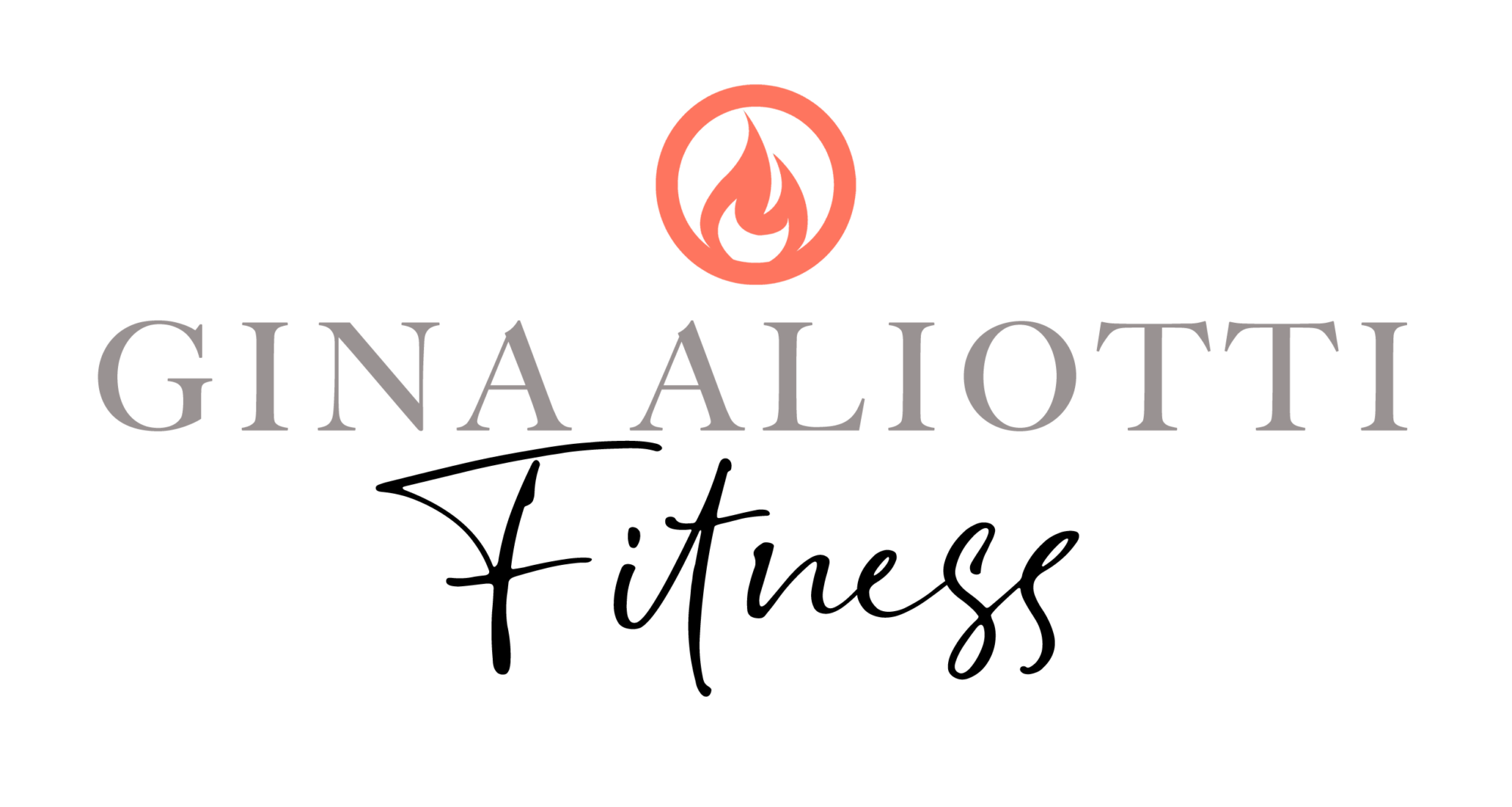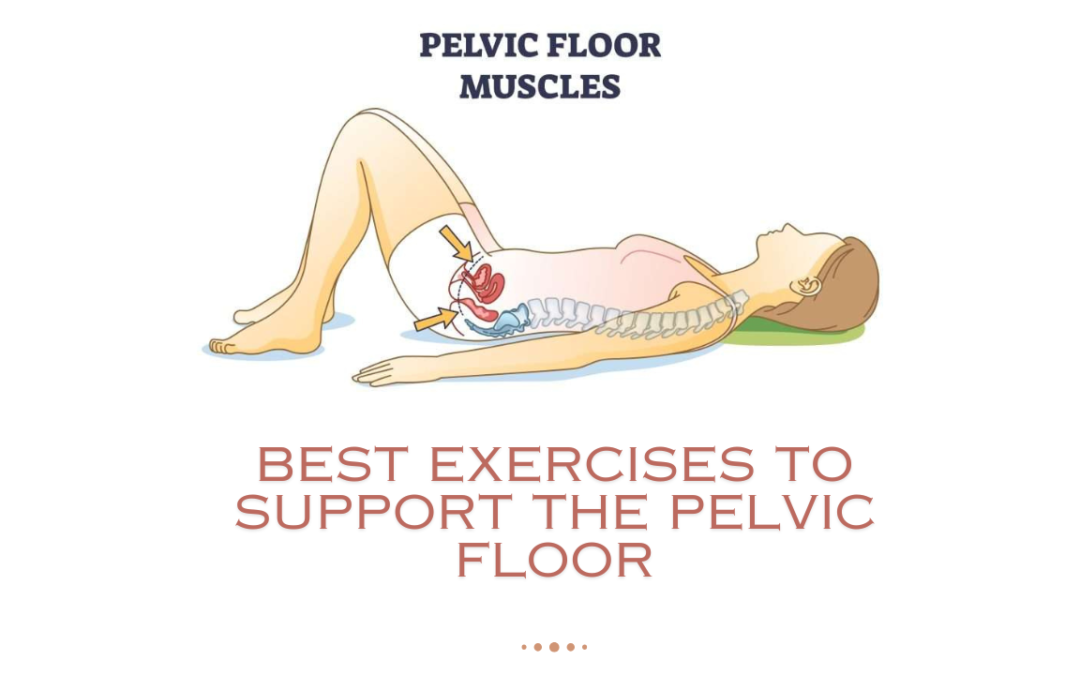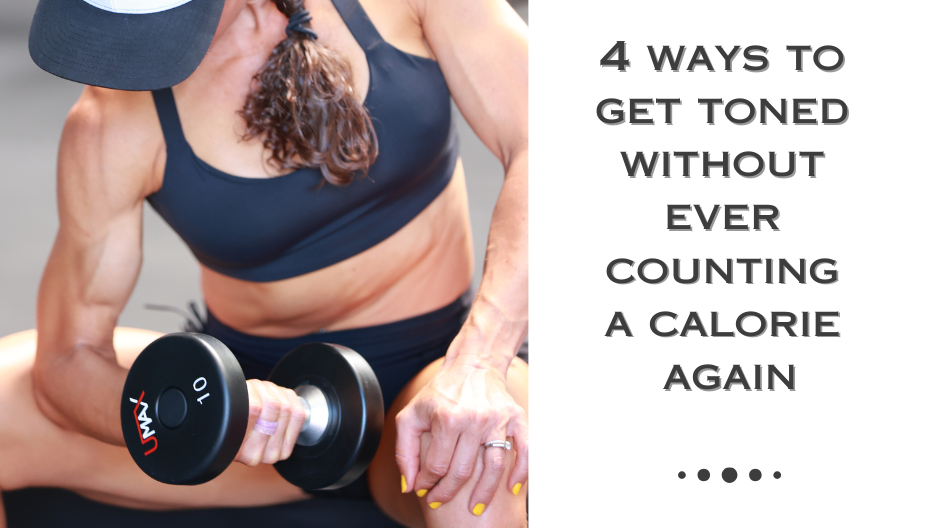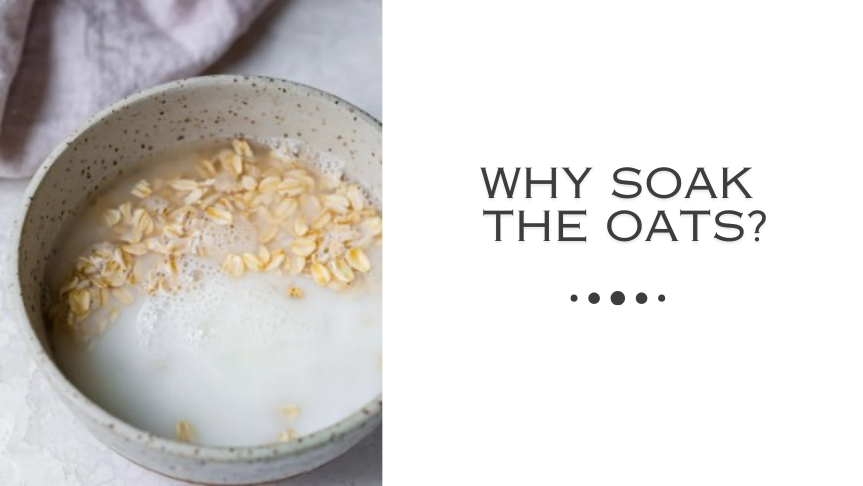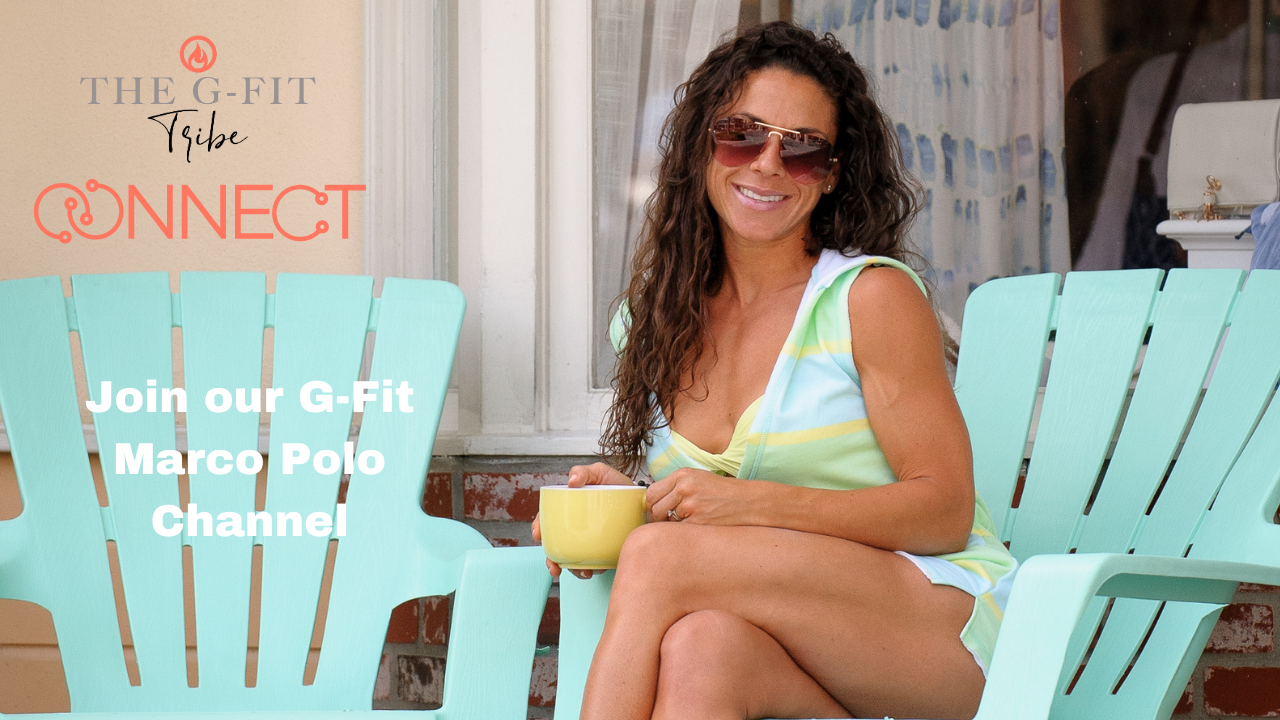Achieving Longevity and Balance: How Core and Glute Workouts Support Pelvic Floor Health for Women Over 40
When women are in their 40s, we begin to understand that maintaining health and fitness is less about just focusing on isolated muscle workouts or specific body goals and more about creating balance and longevity within our bodies. It’s about realizing that everything is interconnected — from our core to our glutes to our pelvic floor. When we work out, it’s not just about strengthening one part, but about creating a connection between key muscle groups to support our overall well-being and vitality.
Why Balance Matters for Women Over 40
At this stage in life, many women begin to notice subtle changes in their bodies — from a shift in muscle tone to how our bodies handle movements and stress. This is completely natural as hormonal changes and aging affect our muscles, bones, and overall energy levels. But the key to aging gracefully and maintaining strength is balance — understanding how the muscles work together as a system.
The core, glutes, and pelvic floor are vital parts of this system, all working together to keep you strong, stable, and mobile. Focusing on exercises that support these areas in unison can prevent injury, enhance posture, and maintain pelvic health — something many women struggle with post-childbirth or as they move through menopause.
The Core-Glutes-Pelvic Floor Connection
Your core is much more than just your abs — it includes your deep stabilizing muscles that wrap around your torso, such as the transversus abdominis and the obliques, as well as the diaphragm and pelvic floor. Your glutes, especially the gluteus maximus, also play a key role in stabilizing your pelvis and supporting lower back health. Together, these muscle groups ensure that your body remains balanced and well-aligned.
When these muscle groups are weak or imbalanced, it can lead to discomfort and dysfunction. For example, weak glutes can cause instability in the pelvis, which may contribute to lower back pain or pelvic floor issues like incontinence. Similarly, a weak core can make it difficult to properly engage the pelvic floor muscles, leading to similar issues.
Core and Glute Challenges: The Perfect Combo for Pelvic Health
Incorporating targeted core and glute exercises — like the ones found in our Ab Challenge and Glute Challenge — into your routine can make a significant difference in your overall strength and stability. These challenges not only help tone and sculpt these key areas, but they also help you build a strong foundation that supports your pelvic floor.
Why are glutes so important?
Strong glutes, especially the gluteus maximus, provide the stability your pelvis needs to support your spine, hips, and pelvic floor. When you strengthen your glutes through exercises like bridges, squats, and lunges, you’re creating a strong base that allows your pelvic floor muscles to function optimally.
Just like core-focused circuits within the G-Fit App and our 31 Day Ab Challenge which focuses on deepening the core muscles like the transversus abdominis. These muscles wrap around your midsection like a corset, providing (majorly needed!) support to your spine, lower back and pelvis. Having a strong core and lower back helps to strengthen your pelvic floor engagement. When they are all working properly, the they work together as a team!
Exercises You Should Do If You Have Weak Pelvic Floor Muscles:
✔Kegel Exercises: Strengthens the pelvic floor muscles directly by contracting and relaxing them. (Hold for 5-10 seconds, then relax. Aim for 10-15 reps a few times per day.)
✔Bridge Pose: Strengthens the glutes and pelvic floor while supporting the lower back.
✔Squats (Bodyweight or Light): Strengthens the glutes, core, and pelvic floor in one amazing functional movement!
✔Heel Slides/Toe Taps: Strengthens the core and pelvic floor without placing direct pressure on the inner core muscles.
✔Diaphragmatic Breathing: Your breath works with your pelvic floor engagement to improve muscle function 💪🏼
✔Bird Dog/Plank: Strengthens the core and pelvic floor without excessive strain.
Exercises You Should Not Do If You Have Weak Pelvic Floor Muscles:
High-Impact Exercises (Running, Jumping, Plyometrics)
Why avoid these exercises? They can put additional pressure on your pelvic floor, leading to further weakening, incontinence or dysfunction. There are many modifications you can do with these exercises plus try low-impact. For cardio, try walking, swimming, or cycling until your pelvic floor is stronger through some of our suggested exercises.
❌Heavy Lifting (Without Mind Muscle Connection/Proper Form): Lifting heavy weights without focusing on engaging your core and pelvic floor can lead to increased intra-abdominal pressure. This can strain these muscles and cause additional stress and issues for woman who have weak pelvic floors.
✔️ Modification: Use lighter weights and focusing on mind muscle connection, exhaling and ensuring you are engaging your pelvic floor when lifting. You can also try body weight and resistance bands for strength training if the heavier weight bothers you.
❌Full Sit-Ups: Traditional sit-ups can place a lot of pressure on your pelvic floor and cause further weakening, especially if the core is not fully engaged.
✔️Modification: Focus on gentle core exercises like heel slides, heel taps or bridges. These types of core exercises will activate the deep core muscles without straining the pelvic floor 💪🏼
❌Leg Lifts: Lifting both legs at once while lying down increases the pressure on the pelvic floor and lower back.
✔️Modification: Perform single-leg lifts or heel slides instead, ensuring your core and pelvic floor are engaged.
❌Jumping Jacks: The jumping motion can put stress on the pelvic floor muscles, especially if they’re weak.
✔️Modification: Try low-impact jumping jacks where you quickly step side to side while keeping one foot on the ground.
❌Running (Long Distances or High Intensity): The repetitive impact can weaken the pelvic floor further.
✔️Modification: Focus on walking (especially incline walking as it takes pressure away from the pelvic floor and puts it into the glutes!), swimming or cycling for your cardio exercise. Our FREE 10K STEP Challenge is a perfect way to get you moving without the impact of running. INTENTIONAL stepping can help you improve your pelvic floor. This will help keep up your cardio goals until your pelvic floor is strengthened! Over time, gradually reintroduce other hit type exercises as your strength improves.
Key Pelvic Floor Exercises for Inner Core Balance 🤸
While core and glute exercises help create a stable foundation, it is just as important to focus directly on your pelvic floor muscles. Here are some of our favorite pelvic floor exercises. Try incorporating them into your daily routine to help balance your inner core:
╰┈➤Kegels: We have all heard about these! One of our clients recently surrendered to this exercises as she felt at a loss. Once she started, she couldn’t believe how easy it was to incorporate – even while she was doing her morning swim! This exercise can literally be done anywhere! It is quite simple, contract and relax your pelvic floor muscles. Hold each contraction for 5-10 seconds, then release and repeat. They are simple yet powerful. Not only do they strength and tone the muscles that control our bladder, they support our organs (so they don’t stick out!), and enhance sexual health (bonus!).
╰┈➤Bridge Pose with Pelvic Floor Engagement: While in a bridge position engage your pelvic floor. This is a double exercise as you are also working your glutes! As you lift your hips, squeeze your glutes and at the same time lift your pelvic floor. Hold for a few seconds before lowering. Repeat 10x and work your way up until you feel your strength increasing.
╰┈➤Deep Core Breathing (Diaphragmatic Breathing): This is where your breath works together with your pelvic floor and core. While you are lying down, place one hand on your chest and the other on your lower abdomen (belly). Inhale deeply, allowing your belly to rise, and as you exhale, gently engage your pelvic floor muscles (like you are trying to stop yourself from peeing). This exercise will help you to have better core-pelvic floor connection.
╰┈➤Heel Slides/toe taps: Lie on your back with your knees bent and feet flat on the floor. Slowly slide one heel along the ground or tap one toe out, extending your leg while keeping your pelvis stable. Ensure you are engaging your core and pelvic floor throughout the movement. This exercise is gentle and works your inner core while engaging your pelvic floor and lower abs.
╰┈➤Squats: We all know how powerful squats are. Did you know they also strengthens the pelvic floor? Try this: As you squat down, focus on engaging your core and lifting your pelvic floor muscles. This will helping to improve functional strength and our overall daily movement.
Achieving Balance for Longevity and Strength
As we age, it is more important for us to approach fitness with a focus on our overall health and wellness. Being balanced with goals of longevity in mind. By engaging your core, strengthening your glutes, and paying attention to your pelvic floor, you can create a system of support that keeps you moving freely, prevents injury, and allows you to live an active and vibrant life.
Remember, your body is a beautifully interconnected system — working on one area supports the other. It’s complicated, yet simple. The workouts, circuits and support we offer in the G-Fit App are superficially designed with this balance in mind. We want to ensure you’re targeting key muscle groups to achieve optimal strength for the long haul.
Be Mindful. Your body works best when it’s balanced. You can relate this to any area of your life! So, don’t just focus on one area — build a strong core, powerful glutes, and a healthy pelvic floor to feel your best, stay active, keep mobile to live and feel good well into the years ahead. Consistency along side balance is truly is the key to longevity. This will bring you a life full of movement, energy, and overall happiness!
The Latest in the Blog…
Why Carb Cycling is the Best Diet for Women over 40+
Why Carb Cycling Is The Best Diet For Women Over 40We get flooded with emails asking, “What diet should I follow? These came in HOT when I shared my reel on "how 12.6% body fat is healthy". I’m X years old, dealing with XYZ issues—what should I eat?” And almost...
4 Ways To Finally Get Toned Without ever Counting Calories
When it comes to fitness, the days of skinny as the goal are over. Today, people want strength, speed, health and to find fitness freedom. This is a fitness plan that does not feel restrictive but like freedom. This shift in mindset from skinny to strong takes away...
Why Soak Oats? Unlock the Full Potential of This Powerhouse Food!
Oats are a favorite for a lot of us - especially those who are following the G-Fit Lifestyle, but... did you know that soaking them overnight can unlock even more benefits than a well balanced carb? Let’s explore why soaking oats is a game changer... The Science...
